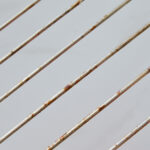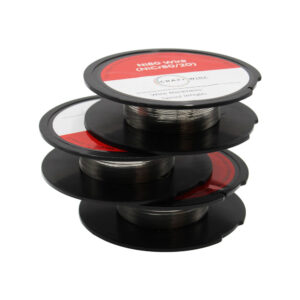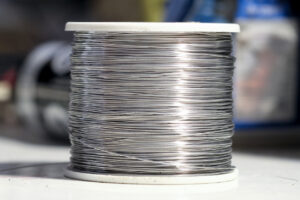In the intricate world of electrical projects, the thickness of your wire can make all the difference. This is where the American Wire Gauge (AWG) system comes into play, serving as the cornerstone for measuring wire diameters in North America. In recent times it has become an even more common frame of reference for customers in Europe too.
Established as an industry standard, AWG provides a crucial guide for electricians, engineers, and DIY enthusiasts alike, ensuring they select the wire size that matches their specific electrical requirements.
Understanding this system is not just a technical necessity but a practical one, safeguarding the functionality and safety of electrical installations. At our company, we recognise the pivotal role AWG plays, which is why we offer a diverse range of wires to suit any application. From fine electronics to robust power systems, our collection spans the full spectrum of AWG sizes, each with its distinct advantages ready to be explored.
What is American Wire Gauge (AWG)?
Since the mid-19th century, the American Wire Gauge (AWG) system has been used as a standardised wire gauge system. It’s the predominant measure in North America for round, solid, nonferrous, electrically conducting wire. With each step in gauge size, the wire diameter and cross-sectional area change exponentially.
AWG numbers run inversely to the diameter they represent. The smaller the AWG number, the larger the wire diameter. For example, a 2 AWG wire is much thicker than a 14 AWG wire. Although it may seem counterintuitive at first, this inverse relationship is consistent across the scale, allowing for a standard method of comparing wire sizes. A gauge number is derived from how many drawing operations are performed to produce a given gauge of wire; more draws result in thinner wires.
This is a simple conversion chart to explain how AWG relates to mm and inches..
| AWG | Diameter (mm) | Diameter (inches) |
| 0000 (4/0) | 11.684 | 0.46 |
| 000 (3/0) | 10.404 | 0.41 |
| 00 (2/0) | 9.266 | 0.365 |
| 0 (1/0) | 8.251 | 0.325 |
| 1 | 7.348 | 0.289 |
| 2 | 6.544 | 0.258 |
| 3 | 5.827 | 0.229 |
| 4 | 5.189 | 0.204 |
| 5 | 4.621 | 0.182 |
| 6 | 4.115 | 0.162 |
| 7 | 3.665 | 0.144 |
| 8 | 3.264 | 0.128 |
| 9 | 2.906 | 0.114 |
| 10 | 2.588 | 0.102 |
| 11 | 2.305 | 0.091 |
| 12 | 2.053 | 0.081 |
| 13 | 1.828 | 0.072 |
| 14 | 1.628 | 0.064 |
| 15 | 1.45 | 0.057 |
| 16 | 1.291 | 0.051 |
| 17 | 1.15 | 0.045 |
| 18 | 1.024 | 0.04 |
| 19 | 0.912 | 0.036 |
| 20 | 0.812 | 0.032 |
| 21 | 0.723 | 0.028 |
| 22 | 0.644 | 0.025 |
| 23 | 0.573 | 0.023 |
| 24 | 0.511 | 0.02 |
| 25 | 0.455 | 0.018 |
| 26 | 0.405 | 0.016 |
| 27 | 0.361 | 0.014 |
| 28 | 0.321 | 0.013 |
| 29 | 0.286 | 0.011 |
| 30 | 0.255 | 0.01 |
Deciphering AWG Sizes: From Large to Small
It is essential for anyone who works with wires to understand the AWG scale. For example, 24 AWG wire has a diameter of 0.0201 inches (0.511 mm), while 0 AWG wire has a diameter of 0.3249 inches (8.251 mm). Additionally, these diameters affect the wire’s cross-sectional area, which affects its resistance and current-carrying capacity.
Charts and tables can be invaluable in aiding understanding. Typically, it gives the AWG size, diameter in inches and millimeters, area in square millimeters, and resistance per unit length. Generally speaking, larger wires (smaller AWG numbers) have a lower resistance and can carry more current, making them suitable for higher power applications. In contrast, smaller wires (larger AWG numbers) are used where less current is required or space is limited, such as in electronic devices.
The Importance of AWG in Wire Selection
Wire gauge selection is crucial for any electrical project. In order to make this selection, the AWG system provides a clear indication of the carrying capacity of a wire.
A wire that is too thin can overheat and potentially cause a fire, while a wire that is too thick could be unnecessary expensive and cumbersome to handle.
The AWG system and the properties of different wire sizes enable you to make informed decisions, resulting in safe, efficient, and cost-effective electrical systems.
The Impact of American Wire Gauge on Electrical Resistance and Current Capacity
American Wire Gauge (AWG) is not just a numerical standard; it is a significant factor that affects the electrical resistance and current-carrying capacity of wires. As the AWG decreases (and the wire diameter increases), the resistance of a wire decreases as well. Lower resistance means less power loss and heat generation over the wire’s length.
AWG also affects current-carrying capacity, or ampacity. Due to their larger diameter, wires with a smaller AWG can carry more current, reducing the likelihood of overheating and potential hazards. To ensure safety and efficiency in electrical projects, it is crucial to choose the right AWG. A key aspect of a compliant and reliable electrical system is ensuring that the wire can handle the expected electrical load without risk.
AWG and Its Applications
AWG is essential to a number of applications across a wide range of industries. When space is limited and current is low, high AWG sizes, such as 28 AWG to 30 AWG, are commonly used in fine electronics. Wires with small diameters are ideal for internal wiring in circuit boards or in intricate devices like smartphones and tablets.
Conversely, for heavy-duty power transmission that demands robust performance, such as in industrial power supplies or home electrical wiring, lower AWG sizes like 10 AWG to 14 AWG are preferred. In order to run large appliances or machinery safely and efficiently, these wires can handle higher current loads.
Due to their optimal balance of flexibility, durability, and current carrying capacity, mid-range AWG sizes are often chosen for vehicle wiring harnesses in the automotive industry.
Our AWG Wire Offerings
Our company is proud to offer a comprehensive selection of AWG-sized wires, tailored to meet the nuanced demands of every electrical project. Each wire in our collection has been meticulously manufactured to align with the precise standards set forth by the American Wire Gauge system.
From the delicate needs of fine electronics to the robust requirements of power systems, our AWG wires are designed for excellence.
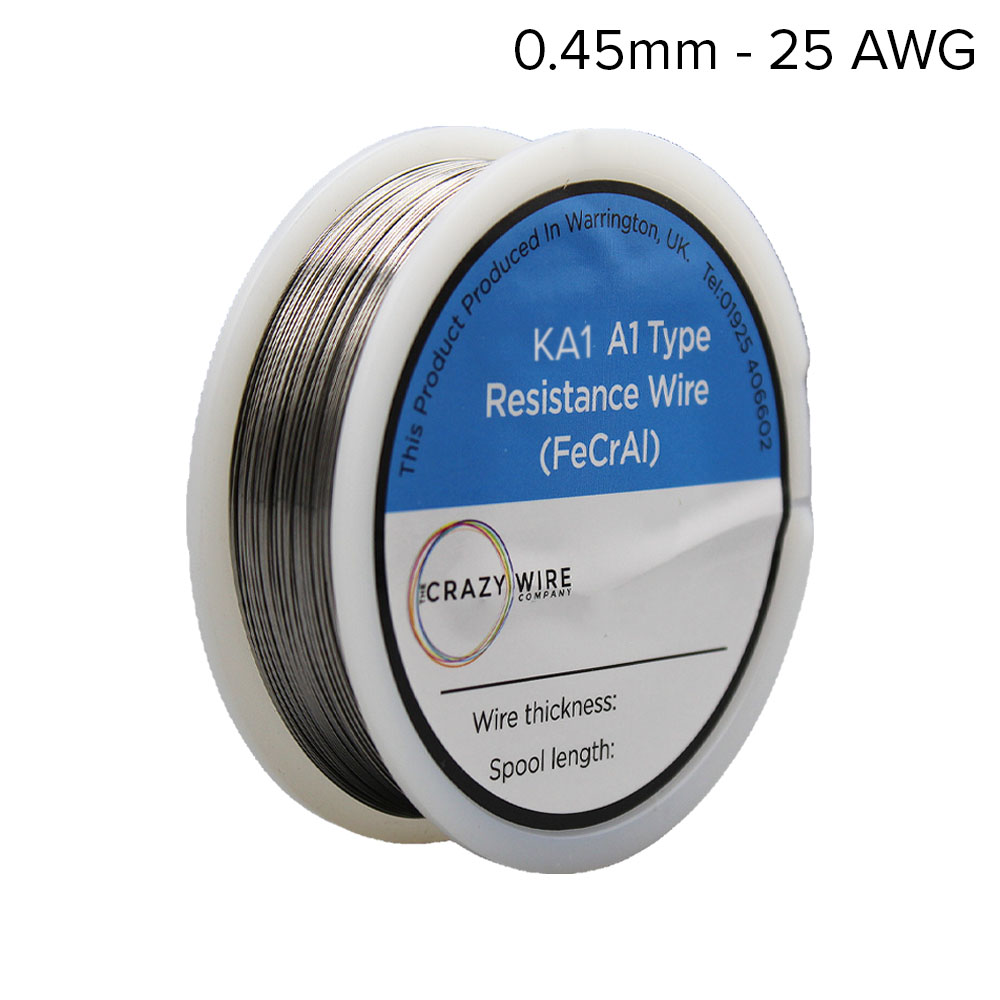
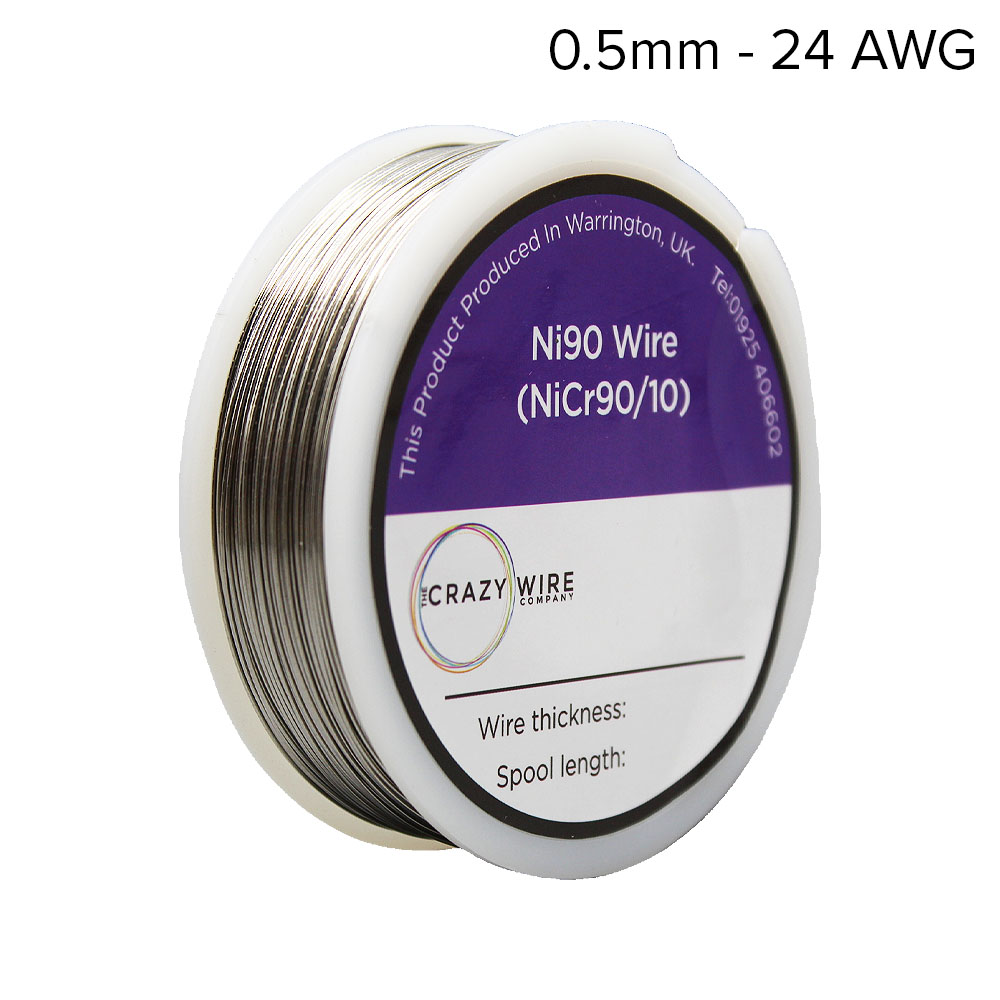
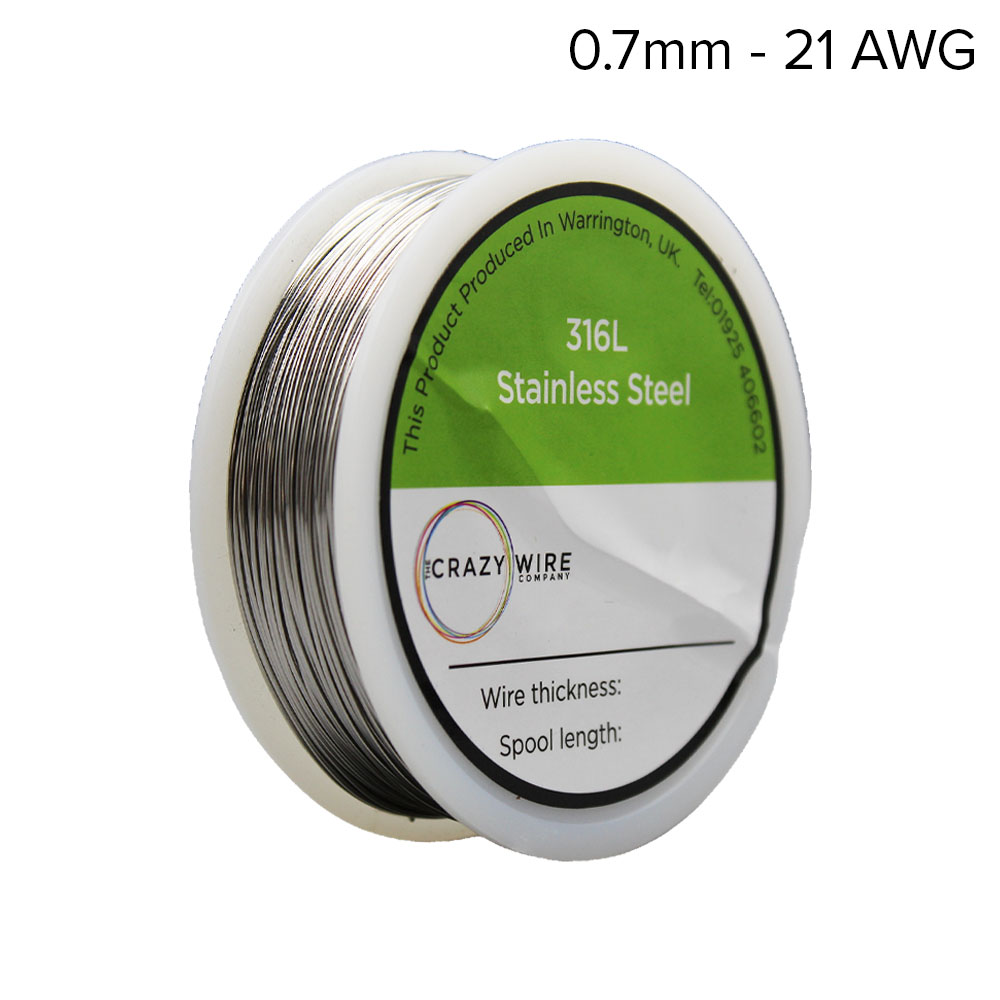
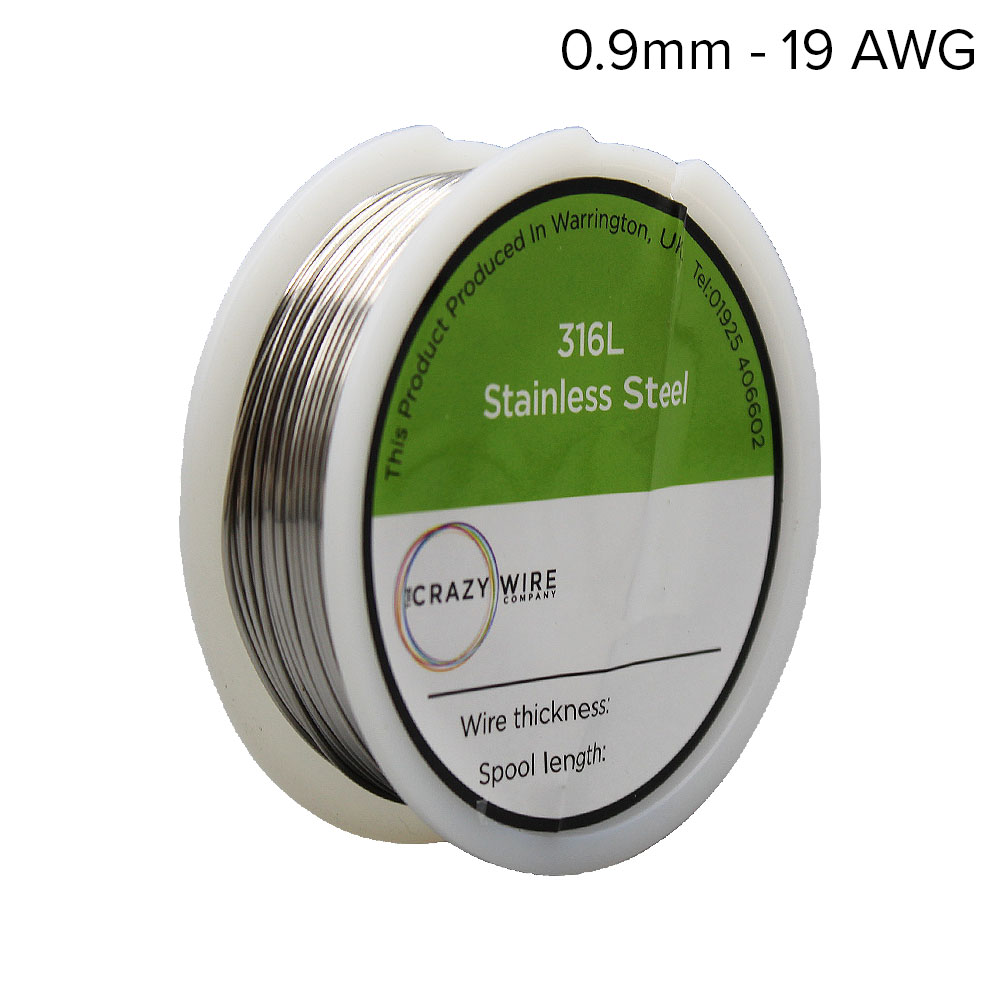
Working with AWG Wires: Best Practices
When working with AWG wires, it is essential to follow best practices to ensure safety and project success:
- Ensure that your AWG size matches the current requirements of your application.
- It is important to maintain wire integrity when stripping and cutting wire.
- For secure connections, use connectors and terminals that match the AWG size.
By adhering to these guidelines and utilising the American Wire Gauge system correctly, you can enhance the efficiency and safety of your electrical projects.
Best Practices for Working with AWG Wires
Effectively working with wires of various American Wire Gauge (AWG) sizes requires attention to detail and precision. Here are some key tips to ensure best practices:
Handling: Unspool the AWG wire gently to avoid kinks or coils, which can damage it. Maintain tension and avoid tangles by securely holding the wire.
Stripping: To strip insulation cleanly without nicking the conductor, use a wire stripper that matches the specific AWG size. For smaller AWG wires, be particularly careful, as the conductors are more delicate and susceptible to damage.
Terminating: Make sure connectors are rated for the wire’s AWG size when attaching them. For larger AWG wires that carry more current and may require crimping tools, ensure a snug fit and secure connection.
Soldering: When soldering AWG wires, use a soldering iron with the appropriate wattage for the wire size, and always apply heat to the wire and not directly to the solder.
Why Choose Our AWG Wires?
Our company understands the importance of choosing the right AWG wire for your project. Our extensive selection of AWG wires is backed by rigorous quality assurance processes, ensuring you receive products that are up to industry standards.
We offer personalized customer support to help you make the right choice for your specific needs based on our knowledge of all aspects of AWG wire applications.
Under one roof, you’ll find wires suitable for delicate electronic work to heavy-duty power applications.

The American Wire Gauge system is an essential tool for selecting the appropriate wire size for your electrical needs. A deep understanding of this system is crucial for ensuring safety, efficiency, and optimal performance of your projects. With our extensive range and expertise, we stand ready to support your wire selection process, providing quality products that you can rely on.
We offer also a massive range of stainless steel wire and nichrome wire through our store. Choose the wire that you want to work with and we’ll get spooling.
If you’re interested in learning more about wire, check out our other blog on Everything You Need to Know About Wires.
We are also proud to supply this product on our highly popular eBay store, check us out there too.
Thank you for checking out our site.

Nichrome Wire Safety: Top Tips for Working Safely
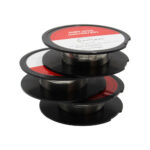
Best Wire for Electronics Projects
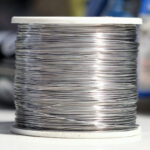
Is Ni80 Wire Suitable for DIY Heating Elements

Wire Grades Explained
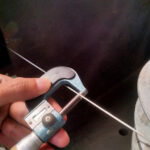
How Wire Diameter Affects Strength and Flexibility

How to Cut and Shape Wire for Custom Applications

Can Wire Be Used in 3D Printing?

How Wire Composition Affects Conductivity
